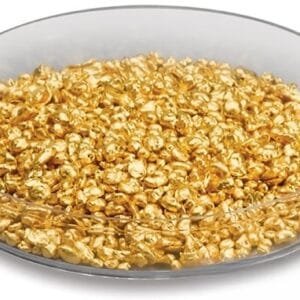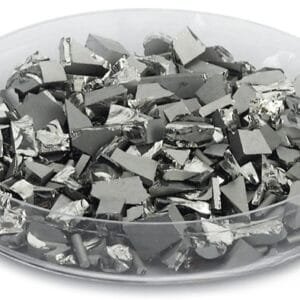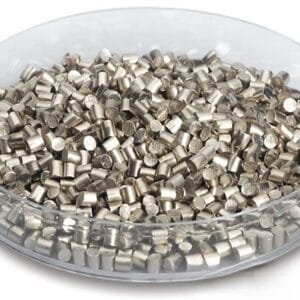Zinc Oxide Doped with Gallium Oxide Evaporation Materials: Detailed Overview
TFM’s Zinc Oxide doped with Gallium Oxide evaporation materials are high-purity compounds with the formula ZnO/Ga₂O₃. These materials are essential for achieving top-notch quality in deposition processes, ensuring the production of superior thin films. Our products are manufactured to an impressive purity level of up to 99.9995%, underscoring our dedication to quality and reliability.
Applications
Our Zinc Oxide doped with Gallium Oxide evaporation materials are used in various advanced technologies, including:
- Deposition Processes: Perfect for semiconductor deposition, chemical vapor deposition (CVD), and physical vapor deposition (PVD).
- Optics: Suitable for wear protection, decorative coatings, and display technologies.
Packaging and Handling
To ensure the integrity of our products, each Zinc Oxide doped with Gallium Oxide package is clearly labeled and tagged for efficient identification and quality control. We take meticulous care to prevent any damage during storage and transportation.
Contact Us
TFM is a leading manufacturer and supplier of high-purity Zinc Oxide doped with Gallium Oxide evaporation materials. We offer various forms, including tablets, granules, rods, and wires, with customization options available upon request. In addition to evaporation materials, we provide evaporation sources, boats, filaments, crucibles, heaters, and e-beam crucible liners. For current pricing and inquiries about products not listed, please reach out to us directly.


 MSDS File
MSDS File



Reviews
There are no reviews yet.